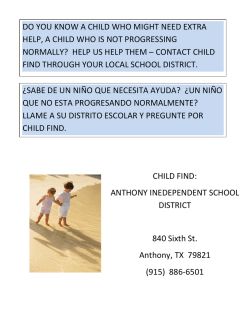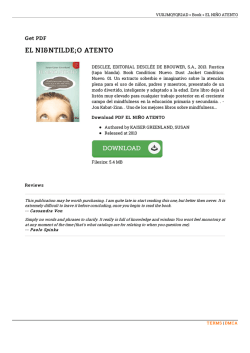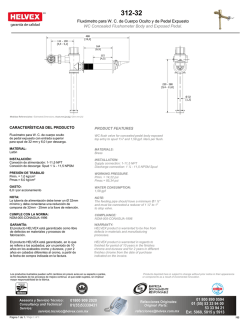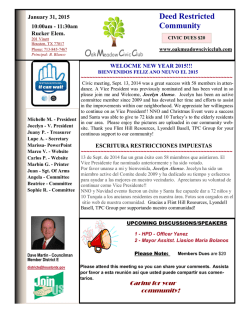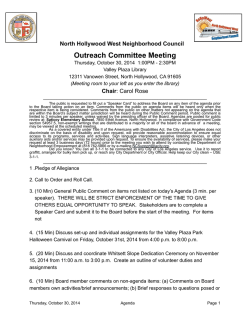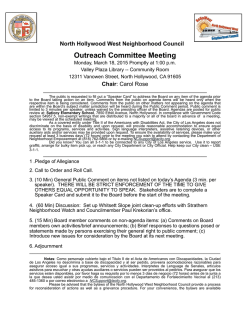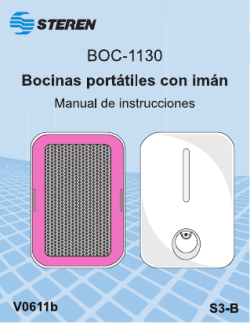
Number Sense: Multiplying by 1-Digit Numbers
Name Number Sense: Multiplying by 1-Digit Numbers Home-School Connection Topic 5 (English) Topic 5 Standards 4.NBT.A.3, 4.NBT.B.5, 4.OA.A.3 See the Student Edition lessons for complete standards. Dear Family, Your child is learning methods to multiply two- and three-digit numbers by one-digit numbers. By looking for patterns in multiplication facts, he or she can also multiply multiples of 10 by one-digit numbers using mental math. Here are some sample patterns that your child is learning: 6 3 8 5 48 60 3 8 5 480 600 3 8 5 4,800 These patterns also help your child estimate products. For example, to estimate 4 3 32, round 32 to the nearest ten (30) and then multiply (4 3 30 5 120). To find the actual product make an array. Break apart 32 into 30 and 2. Think of 4 3 32 as (4 3 30) (4 3 2). So, 120 8 5 128. Your child can compare the product to the estimate to see if an answer is reasonable. You can help your child learn these skills by doing the following activity together. Multiplying Greater Numbers Give your child a two-digit by one-digit multiplication problem, such as 5 3 49. Ask your child to estimate the product and then solve. He or she can draw an array to find the product. Observe Your Child Focus on Mathematical Practice 8: Look for and express regularity in repeated reasoning. Help your child become proficient with Mathematical Practice 8. Ask your child if his or her answer is reasonable. Then have your child explain his or her reasoning. Topic 5 1 Copyright © Pearson Education, Inc., or its affiliates. All Rights Reserved. 4 Nombre Sentido numérico: Multiplicar por números de 1 dígito Home-School Connection Topic 5 (Spanish) Estimada familia: Su niño(a) está aprendiendo métodos para multiplicar números de 2 y 3 dígitos por números de 1 dígito. Al buscar patrones en las operaciones de multiplicación, él o ella también puede multiplicar múltiplos de 10 por números de 1 dígito calculando mentalmente. Estos son algunos ejemplos de patrones que su niño(a) está aprendiendo: 6 × 8 = 48 4 × 5 = 20 60 × 8 = 480 4 × 50 = 200 600 × 8 = 4,800 4 × 500 = 2,000 Estos patrones también ayudan a su niño(a) a estimar productos. Por ejemplo, para estimar 4 × 32, redondee 32 a la decena más cercana (30) y luego multiplique calculando mentalmente (4 × 30 = 120). Para hallar el producto de 4 × 32, haga una matriz. Descomponga 32 en 30 y 2. Piense en 4 × 32 como (4 × 30) + (4 × 2). Por tanto, 120 + 8 = 128. Su niño(a) puede comparar el producto con la estimación para ver si es razonable la respuesta. Usted puede ayudar a su niño(a) a aprender estas destrezas al hacer juntos la actividad siguiente. Multiplicar números más grandes Paso 1 Dé a su niño(a) una multiplicación de 2 dígitos por 1 dígito, como 5 × 49. Paso 2 Pida a su niño(a) que estime el producto y que luego resuelva la multiplicación. Él o ella puede dibujar una matriz para hallar el producto. Paso 3 Pregunte si la respuesta es razonable y pida a su niño(a) que explique su razonamiento. Topic 5 2 Copyright © Pearson Education, Inc., or its affiliates. All Rights Reserved. 4
© Copyright 2026
